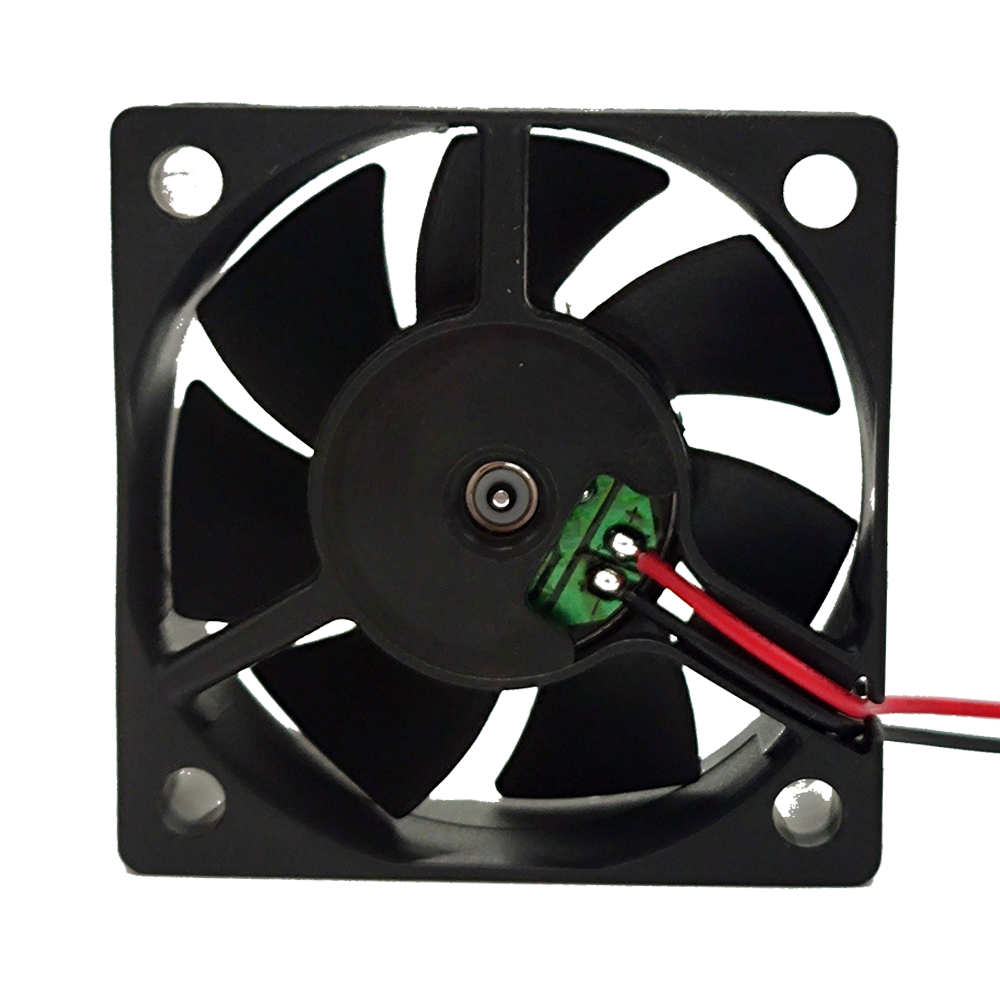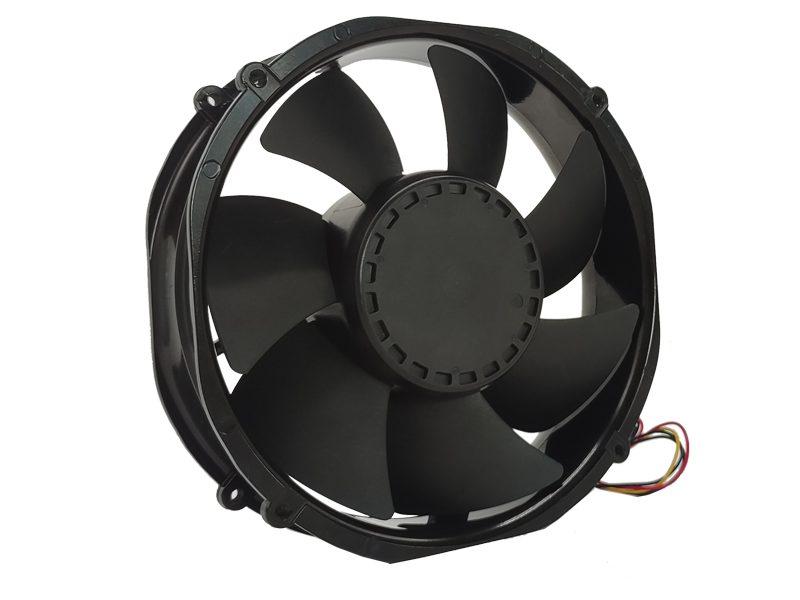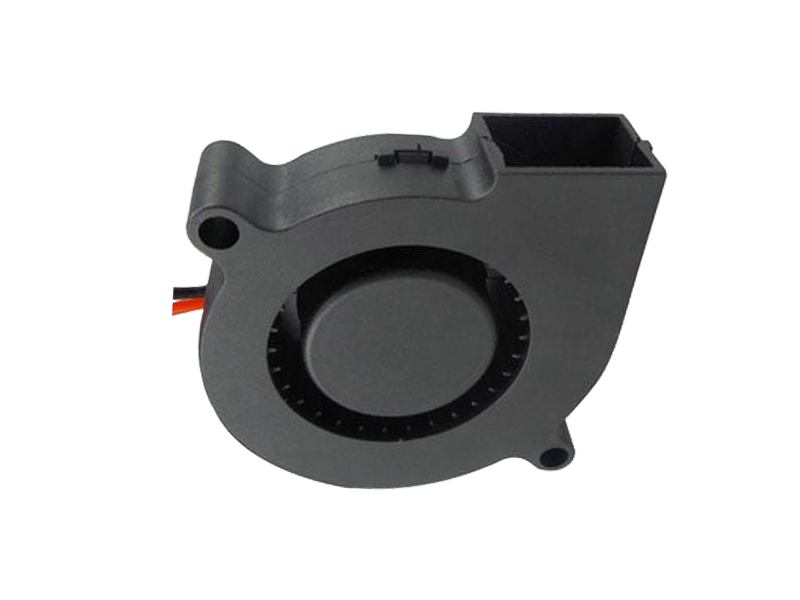The industrial fan, once perceived as a rudimentary mechanical device, has evolved into a high-precision instrument of aerodynamic engineering and material science. In an era where manufacturing facilities face unprecedented energy efficiency demands and operational complexity, modern industrial fans are being reimagined as strategic assets rather than mere commodities. This article explores how cutting-edge aerodynamic designs and advanced materials are transforming industrial fan performance across sectors from steel production to data center cooling.
1.1 Computational Fluid Dynamics (CFD) Revolutionizing Blade Design
Modern industrial fan development begins in virtual wind tunnels. Engineers now leverage CFD simulations with particle image velocimetry (PIV) validation to optimize blade profiles at microscopic levels. A breakthrough case comes from a German manufacturer that reduced energy consumption by 18% through bio-inspired serrated trailing edges modeled after owl wings. These designs not only minimize turbulent flow separation but also achieve 3dB(A) noise reduction - critical for urban manufacturing facilities.
The integration of topological optimization algorithms takes this further. By defining performance boundaries rather than fixed geometries, software generates organic blade structures that would be impossible to machine conventionally. A Japanese HVAC leader achieved a 22% airflow increase using lattice-structured composite blades, maintaining structural integrity while reducing material usage by 31%.

1.2 Advanced Materials Breaking Performance Barriers
Carbon fiber reinforced polymers (CFRP) are enabling fan assemblies previously limited by metallic fatigue. A U.S. manufacturer's CFRP axial fan for cement plants withstood 15,000 hours of continuous operation in silica-laden environments, outperforming stainless steel counterparts by 400% in service life. The material's anisotropic properties allow directional stiffness optimization, critical for large diameter fans exceeding 5 meters.
Ceramic matrix composites (CMC) are emerging for high-temperature applications. In petrochemical cracking units, CMC fans maintain dimensional stability at 1,200°C, eliminating thermal expansion-induced imbalances that plague traditional superalloys. This enables closer proximity to process equipment, reducing system footprint by 35%.
1.3 Smart Rotor Systems: The Next Frontier
Active flow control (AFC) technology integrates micro-jets and synthetic jet actuators into blade surfaces. By modulating boundary layer separation in real-time, these systems maintain optimal efficiency across varying load conditions. Trials in offshore platform ventilation show 12% energy savings during transient operations, with payback periods under 18 months.
Self-healing coatings represent another innovation frontier. Polymer matrices embedded with microcapsules containing healing agents automatically repair erosion damage in sandy environments. Field tests in Middle Eastern desalination plants demonstrate 90% restoration of original aerodynamic profiles after 12 months of continuous operation.
Recommended Products

The main purpose:Car charging station

The main purpose:Car charging station

The main purpose:Electronic refrigerators, water dispensers, direct drinking machines, inverter power supplies
Address:No. 4137, Longgang Avenue (Henggang Section), Henggang Community, Henggang Street, Longgang District, Shenzhen
hotline:13530005572(Chen)15112579390(Li)


Welcome all friends to come for consultation and negotiation.
Copyright 2024 @ Shenzhen Youneng Xinyuan Electronics Co., Ltd.,(industrial fans,industrial blowers,axial fans,cooling fans manufacturer,centrifugal fans,ac cooling fans,dc cooling fans)